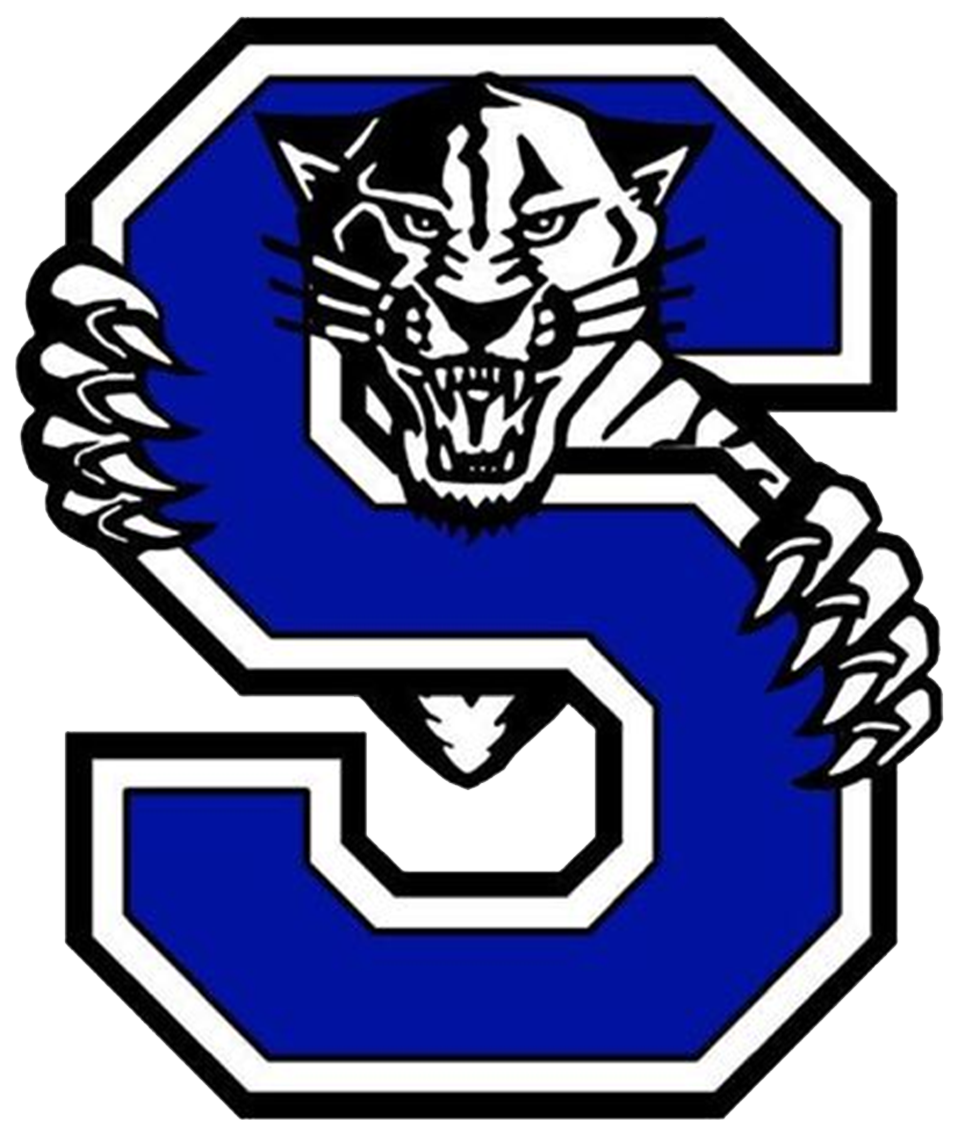School Nursing

Mrs. Darlene Repp RN, School Nurse 419-682-2841 ext. 108// drepp@strykerpanthers.net
Hello Stryker Community! I graduated from Andrews University, with my B.S. degree in nursing. After working a few years, I went back to obtain my school nurse license. Working with children has always been my passion, so I began my nursing career in pediatrics at Loma Linda University Medical Center in California. After that I worked for Health Departments in California, Cincinnati and Williams County, doing school nursing, child & public health nursing. The health and safety of Stryker students and staff is my main concern. Communication between home and school is imperative. I welcome you to stop in or call me with any of your child’s concerns. -Mrs. Darlene Repp, RN
Quick Links
Should my Child be at School or Home?
The following is a list of common ailments your child may have. These guidelines are designed to assist in your decision-making process as to whether or not to send your child to school. Your doctor will assist you to determine if your child needs to be seen for an office visit. The goal of these guidelines is to reduce the spread of communicable disease at school and to promote a healthy environment for students attending school.
FEVER- If your child has a temperature over 100 F, they should remain at home. When accompanied by sore throat, nausea, or rash, a contagious illness is suspected. They should remain at home until fever free, without medication, for 24 hours.
VOMITING & DIARRHEA- A child with vomiting and or diarrhea needs to stay home from school. Your child can return to school when the symptoms have stopped and they can tolerate a regular diet.
RASHES- Rashes can be caused by many things, and are not always contagious. If a rash is accompanied by other symptoms or fever, it should be evaluated by your doctor. Rashes that are itchy or scaly may be contagious and should be evaluated before sending your child to school.
HEAD LICE- Students must be treated with a special preparation for killing head lice and nits(eggs) removed from hair. See the section on head lice for more information.
PINK EYE- Mildly red and watery eyes may indicate irritation or allergy. If markedly red and accompanied by thick, yellow or green drainage, the child may have conjunctivitis. It may be caused by virus, bacteria or allergies. Bacterial conjunctivitis must be diagnosed by your doctor, and is highly contagious. Your child must remain home until the symptoms are gone or 24 hours after starting on antibiotics.
Individual Health Plans
Student Insurance
Taking Medications at School
Head Lice
What are Head Lice?
The head louse is a parasitic insect that lives on the human scalp and lays eggs in the hair. Lice eggs are referred to as nits. A female louse can lay between 60-100 nits in a month. The female produces an extremely strong glue-like substance that attaches the nit to the hair shaft
How are Head Lice transmitted?
Head to head contact is the most common form of transmission. Lice do not jump or fly from head to head, but crawl. Articles such as combs, brushes, towels, pillowcases, hats or other head coverings also aid in the spread of head lice. Please discourage your child from lending or sharing personal articles mentioned above. Head lice do not affect animals.
How do I know if my child has Head Lice?
Symptoms may include excessive itching, often with scratches. Whether or not itching is present, infestation can best be confirmed by the presence of nits/eggs. Nits appear as tiny whitish-tan ovals that are cemented to the hair shaft, usually near the scalp in “hot spots” (back of neck and behind the ears), but can be found anywhere on the head
How do I treat Head Lice?
Head lice may be treated with a prescription from your physician, an over-the-counter treatment shampoo or treatment cream rinse. Whatever product you choose, please remember to read and follow all package instructions carefully. This is to insure that all the lice are killed. A second treatment is recommended in 7-10 days.
The most effective method is manual removal of the eggs immediately after the first treatment, along with the second shampoo/cream rinse treatment 7-10 days later. Clean clothes and towels must be used after treating the child.
Besides the hair, it is important to clean the environment……..
All articles that your child uses, or has contact with, must be washed in hot, soapy water and dried in the dryer at a high temperature. This includes (but is not limited to), clothing, jackets, stuffed animals, hats, pillows and bedding. Clothing that has been used within the last days before infestation must also be cleaned at this time.
If the article cannot be washed as described, it must be dry cleaned, or sealed in an airtight plastic bag for two weeks
Upholstered furniture, rugs, mattresses, carpeting and car seats must be vacuumed thoroughly. Dispose of the vacuum bags, or if no bags, you may spray the inside of the vacuum with a lice control spray.
All combs and hair brushes must be soaked in a 2% Lysol solution, hot water (more than 130 degrees), rubbing alcohol, or a lice killing treatment for one hour.
Removal of Nits
To avoid the repeat of head lice, immediate removal of the lice nits is an important part of the treatment. Since the shampoo does not kill all the nits, a nit may hatch a few days after the initial treatment, and the cycle will begin again.
Work under a good light, such as sunlight or a strong lamp. If eyesight is a problem, a magnifying glass may help.
Use a clean comb to remove tangles, making sure to clean the comb immediately after using. Use a small tooth comb (included in the lice kits) or fingernails, to remove the nits
Divide the hair into sections and fasten off the hair that is not currently being looked at.
Comb through the same section of hair and look for attached nits (lice eggs). Nits are generally laid close to the head but can be found anywhere on the hair shaft.
Using a nit removal comb, go through a section of hair starting at the scalp and proceeding to the end of the hair shaft. Dip the comb into a cup of water and/or use paper towel to remove any lice, nits, or debris from the comb.
The lice comb does not remove all the nits, so you will need to use your fingernails to pull the remaining nits off the hair shaft.
Go to the next section of hair until all sections have been completed.
Even under the best conditions, a few nits may be missed. Check the infested person every 1-2 days for at least two weeks until all signs of the infestation are gone.
Please take your child to the school office to be checked before returning to class. The school nurse or other personnel will check the student upon their return to make sure the lice and nits are removed.
Dental Care
Parents often find taking their children to the dentist to be a challenge due to a variety of reasons, including transportation and having to take off work. That’s why so many parents appreciate the ease and convenience of the in-school dentist, knowing their child’s teeth are being kept healthy. Also, most kids are more comfortable seeing the dentist in the comfort and familiar surroundings of their school.
Each of the affiliated dentists are local and state licensed. They are assisted by licensed dental hygienists and/or professional dental assistants, and all are caring professionals devoted to providing children with the highest level of care. The Health Partners School-Based Dental Program is open to all children PreK-12th grade. No child is turned away! For those without insurance or the ability to pay, they are pleased to offer a grant program.
No child is turned away due to an inability to pay.
Dental services provided include:
Complete dental exam
Cleaning
X-rays
Fluoride treatments
Sealants
Oral health instruction
Information on the Mobile Dentist can be found at www.hpwohio.org or by calling 567-825-0226 or 567-239-4562
